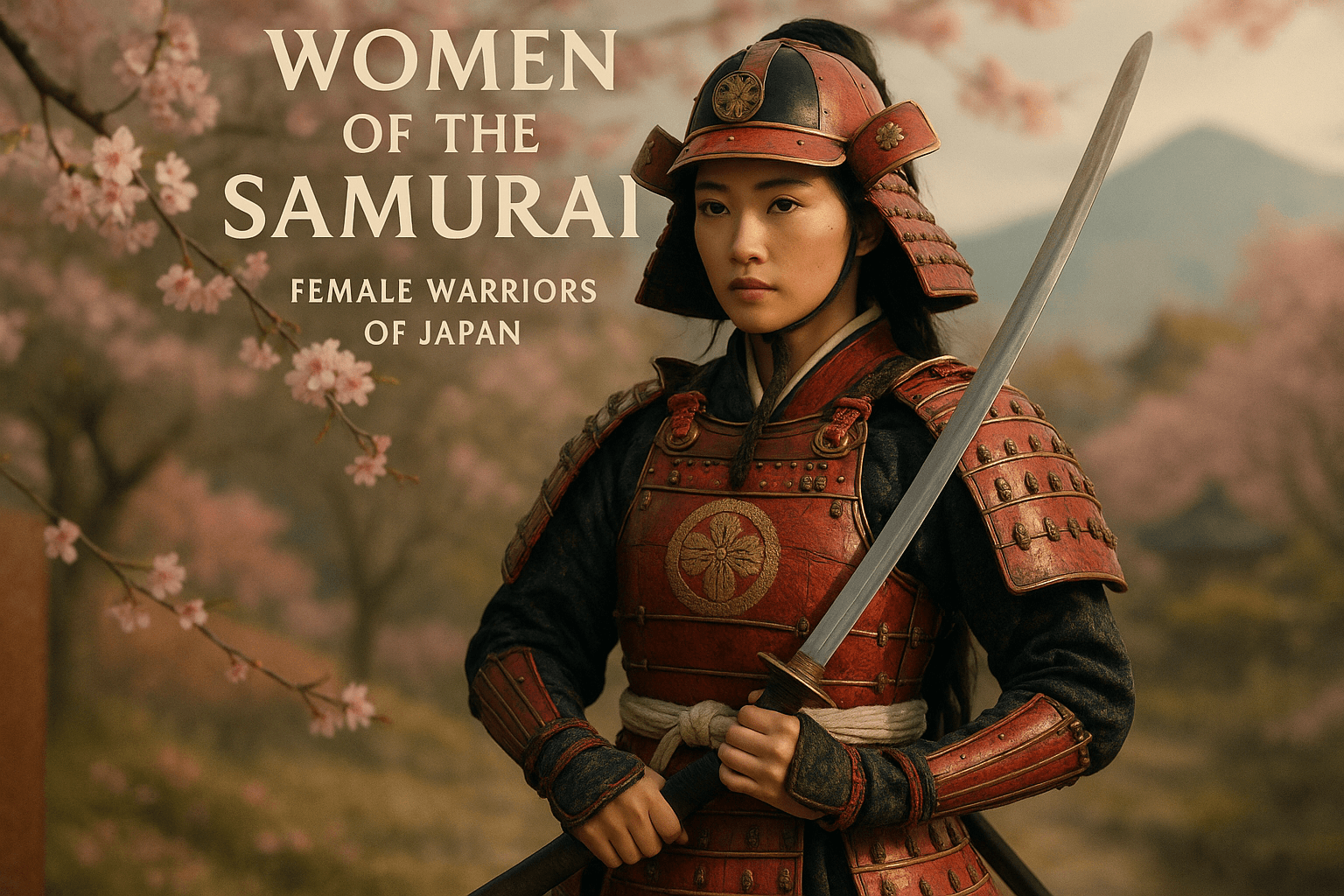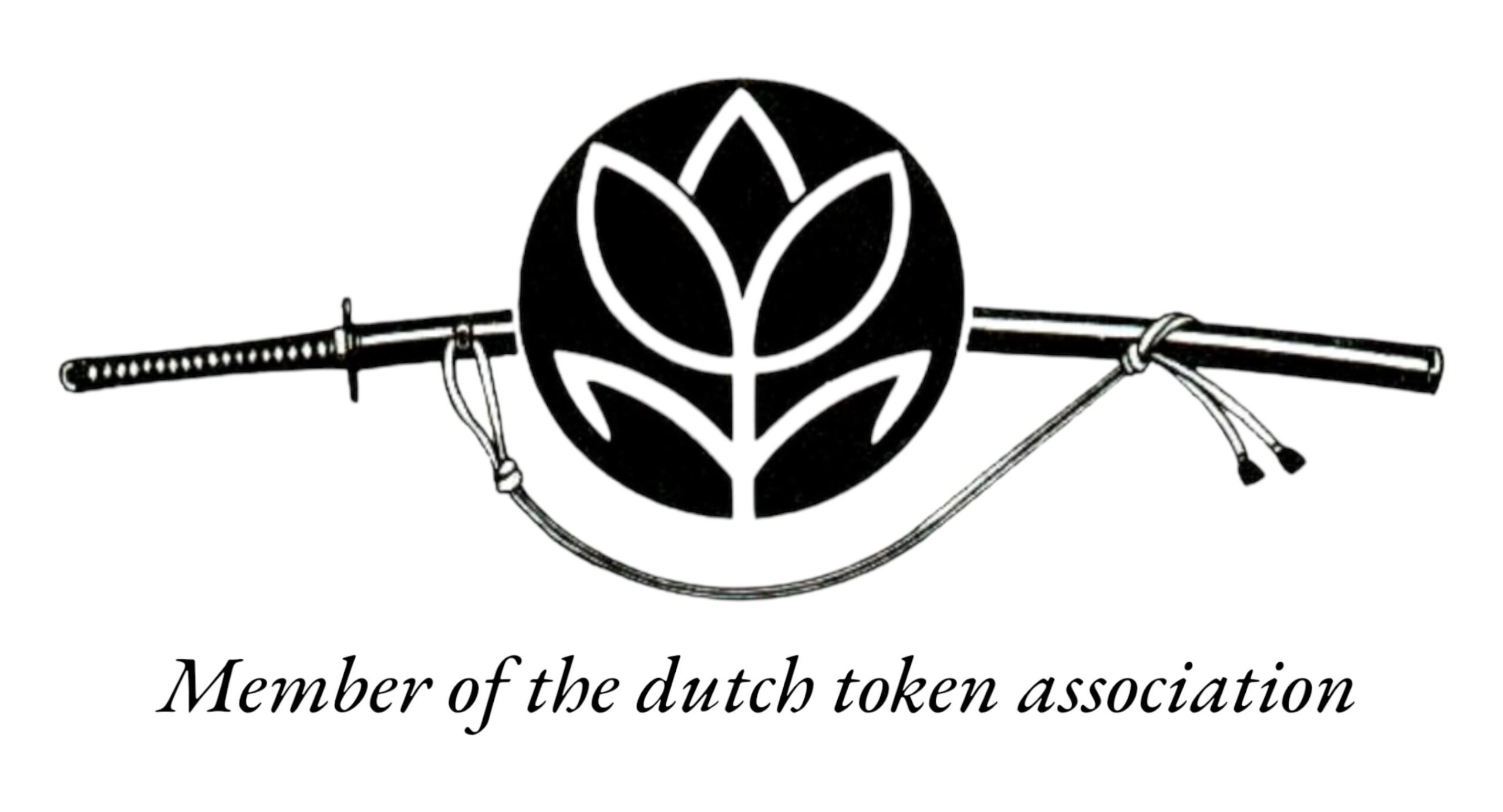Women of the Samurai: Remembering the Forgotten Warriors
For centuries, the image of the samurai has been dominated by stoic men in armor, wielding katanas with refined precision. Yet, woven into the very fabric of Japan’s warrior culture are the stories of formidable women who commanded respect both on and off the battlefield. These women, often overshadowed in mainstream historical narratives, played vital roles as defenders, leaders, and martial artists within samurai society.
Far from passive figures confined to domestic roles, they embodied the samurai ethos of honor, courage, and loyalty. Whether through the fierce exploits of onna-bugeisha like Tomoe Gozen or the quiet strength of female strategists who safeguarded castles and clan secrets, these women were essential to the survival and success of their families and communities.
In revisiting their stories, we gain a richer, more complete understanding of samurai heritage—one that honors the resilience and influence of women in shaping Japan’s warrior tradition.
The Onna-Bugeisha: Unveiling the Female Warriors of Japan
While samurai culture often evokes images of armored men wielding katanas, Japan’s warrior past also includes formidable women known as onna-bugeisha. These female warriors were trained in martial arts and strategy, defending their homes and clans during times of war—especially when male samurai were away on the battlefield. Contrary to popular belief, onna-bugeisha were not mere footnotes in history but played crucial roles in several conflicts, most notably during the Genpei War and the fall of the Tokugawa Shogunate.
Historical records and literature reference figures like Tomoe Gozen, celebrated for her skill in archery and swordsmanship during the 12th-century wars. While legends about her heroics have likely been embellished over time, her documented existence underscores how warrior women were not only possible but respected within certain historical contexts.
The presence of onna-bugeisha challenges the myth that samurai history was entirely male-dominated. Although they never matched the widespread political power of their male counterparts, their valor and strategic importance show that women, too, were integral to shaping Japan’s military legacy. In embracing their stories, we gain a fuller, richer understanding of the samurai era—one that honors both the sword and those who dared to wield it, regardless of gender.
Tomoe Gozen: The Fearless Warrior of the Genpei War
Among the most iconic onna-bugeisha in Japanese history, Tomoe Gozen’s name resounds through the centuries as a symbol of valor and defiance. Living during the late Heian period, she served under Minamoto no Yoshinaka during the Genpei War (1180–1185), a pivotal conflict between the Minamoto and Taira clans. Historical accounts—most notably “The Tale of the Heike”—describe Tomoe Gozen as strikingly beautiful, with extraordinary strength, archery skills, and a mastery of the katana that rivaled any male samurai of her time.
Tomoe rode into battle clad in full armor, commanding respect and fear alike. She was known for leading troops and taking the heads of enemy warriors on the battlefield, a prestigious act marking battlefield prowess. In one famous encounter, she reportedly defeated a prominent Taira warrior in single combat, further solidifying her legendary status.
Though much of her life remains shrouded in myth and embellished tales, Tomoe Gozen’s fearless presence in the violent upheaval of feudal Japan stands as a testament to the critical roles women could—and did—play in warfare. Her legacy continues to inspire modern depictions of female warriors, symbolizing strength, loyalty, and the breaking of societal limits.
Nakano Takeko: The Fearless Onna-Bugeisha of Aizu
Among the storied ranks of Japan’s female warriors, Nakano Takeko stands out as a symbol of defiance and valor. Trained in martial arts, calligraphy, and Chinese literature, Takeko was not only a skilled fighter but also an educated and principled leader. Her most defining moment came during the Boshin War (1868–1869), a pivotal civil conflict between imperial forces and the ruling Tokugawa shogunate.
When the battle reached the Aizu domain, Takeko voluntarily led a unit of women, later known as the Jōshitai (“Women’s Army”), into combat. Refused formal entry into the Aizu army because of her gender, she and her companions fought as an unofficial unit – fiercely, independently, and with unwavering loyalty to their cause. Clad in traditional hakama and wielding a naginata, Takeko led frontal attacks against the encroaching imperial troops. Her command, composure, and courage captured the spirit of the samurai.
In a final act of stoic resolve, after sustaining a fatal gunshot wound, Takeko asked her sister to behead her so the enemy could not desecrate her body. She was buried under a pine tree at the Hōkai Temple, where a monument now stands in her honor. Today, Nakano Takeko remains a legendary figure, celebrated during Aizu’s annual autumn procession where young girls dress as samurai in tribute.
Her legacy endures not only as a warrior who fought bravely but as a symbol of women’s resilience and rightful place in Japan’s warrior tradition.
The Weapons and Warfare of Female Samurai
Unlike their male counterparts, onna-bugeisha—female warriors of the samurai class—were trained to defend their homes and clans during times of war, especially when men were away on the battlefield. These formidable women were not only steeped in the samurai code of bushidō, but also underwent rigorous martial training from a young age.
Their weapon of choice was often the naginata—a polearm with a curved blade at the end. Its long reach made it ideal for keeping opponents at a distance, compensating for differences in physical strength and making it well-suited for defensive combat. Equally symbolic and practical, the naginata became an iconic representation of female samurai, often passed down through generations.
Some also trained with the kaiken (a small dagger used for close combat or ritual suicide) and the yumi (a longbow used in earlier eras), showcasing their versatility and preparedness for various combat situations.
Beyond the battlefield, these women played critical societal roles as estate managers, educators, and keepers of samurai tradition. Their martial prowess was a powerful statement of loyalty and honor, reinforcing their value not only as warriors but as pillars of clan identity and resilience.
Beyond Battle: Women as Guardians of the Samurai Household
Beyond the battlefield, onna-bugeisha held deeply rooted responsibilities that were vital to the stability of samurai households and estates. As wives, mothers, and stewards, these women shaped the core of samurai family life, ensuring lineage continuation and upholding Confucian values of loyalty, duty, and honor. Their roles extended to the education of children—especially sons who would one day become warriors—instilling discipline, moral conduct, and martial knowledge from a young age.
Onna-bugeisha also played crucial roles in estate management, especially during times when their husbands were away in service or war. They oversaw finances, land operations, and sometimes even legal affairs, maintaining the family’s standing in their absence. Many acted as political advisors and wielded influence in decision-making behind the scenes, using their intelligence and leadership to navigate courtly or local politics.
In times of siege or crisis, these women often led household defenses, organizing servants and retainers, distributing weapons, and sometimes taking up arms themselves to protect their homes. Their blend of strength and stewardship reflects the duality of their lives—warriors not only of the battlefield, but of the household, anchoring samurai culture with resilience and quiet power.
The Enduring Legacy of Women Samurai
The stories of women samurai continue to resonate powerfully in the modern era, offering a compelling counterpoint to traditional notions of gender and strength. Far from being mere footnotes in history, figures like Tomoe Gozen and Nakano Takeko embody a timeless resistance to defined roles, asserting that honor, courage, and leadership are not bound by gender.
Their legacy inspires new generations to challenge outdated norms and broaden the narrative of who is seen as strong or capable. In a world still navigating gender equality, the tales of these warrior women underline a simple truth that transcends centuries: valor is not exclusive to men. Instead, it lives in those willing to fight for what they believe in—regardless of gender, background, or expectations.
Today, the resurgence of interest in their stories reflects a collective reimagining of the past, not as static history, but as a source of empowerment and inspiration. By remembering the women of the samurai, we honor more than their battles—we honor their refusal to be forgotten.
Echoes of Courage: Remembering the Onna-Bugeisha
In the fading mist of history, where battle cries once echoed across bamboo forests and castle walls, the legacy of the onna-bugeisha lingers like a whispered vow. These women, their lives penned not in ink but in blood and resolve, stood defiant in a world that rarely welcomed their kind onto the battlefield. They gripped their naginata not just as weapons, but as prayers forged in steel—guardians not only of land, but of honor, of kin, of future generations.
Though history often cast their stories into shadows, the quiet strength of these warrior women ripples through time. In every tale of Tomoe Gozen’s grace under fire, in every unyielding stand of Nakano Takeko, we find more than war—we find will. We find women who fought not for glory, but for duty, for love, for survival.
As we close this chapter, may we remember that samurai spirit was never confined by gender. It lived in those who rose when the world expected their silence. It lives still—in memory, in story, and in every woman who stands her ground with unwavering courage.





